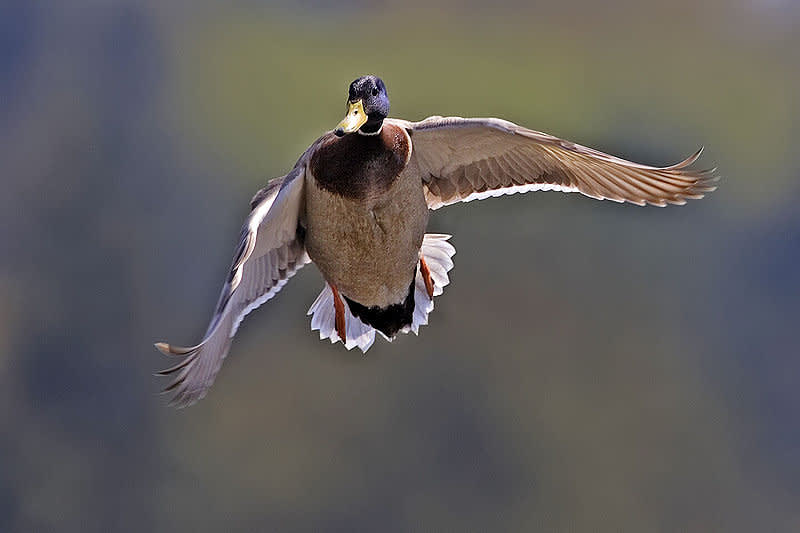Duck, Pheasant Numbers Soar in North Dakota
OutdoorHub Reporters 07.03.14

Bird hunters in North Dakota will be pleased to hear that while 2014’s winter may have been harsh for much of the country, a relatively mild season in the state has boosted bird numbers. According to the North Dakota Game and Fish Department, spring breeding duck numbers are up 23 percent from last year and 110 percent from the long-term average between 1948 and 2013. The number of pheasant roosters has also ticked up by six percent statewide. Despite poor production last year, biologists say that low winter mortality has bolstered the birds’ ranks.
“It’s pretty amazing to see the top 20 breeding duck indices have all come in the past 20 years,” said Game and Fish waterfowl expert Mike Szymanski. “We had Conservation Reserve Program acres on the landscape, and then water came in a big way. It’s safe to say we are still riding abundant populations stemming from near perfect conditions.”
Mallards and blue-wings remain the most abundant species in the annual duck survey, but almost all species have increased in population. The only exceptions are canvasbacks and ruddy ducks, yet the birds are still far ahead of the long-term average. The increase in pheasants is a smaller one, but not any less welcome. Game and Fish upland game supervisor Stan Kohn stated that adequate moisture will also likely provide good nesting habitat for the birds.
However, both Szymanski and Kohn warn that the while the future of the birds may look optimistic now, it can change drastically.
“Breeding conditions on the prairies can always change in a hurry,” Szymanski explained. “Last year, conditions were looking OK when we conducted the survey, but there was some question as to whether it would dry out prior to brood rearing. Then several inches of rain fell and wetlands used for brood rearing improved. This year, conditions are looking better in those wetlands, but a hot and dry spell could change that.”
Even more worrying is the loss of Conservation Reserve Program acres, which provide both wetlands and grassy fields for the birds. It is estimated that the state has lost more than two million acres in grasslands alone since 2008.
“The loss of grass will hurt production of ducks and other grassland nesting birds,” Szymanski added. “However, the recent overly wet conditions are helping bridge the gap a little bit for ducks.”
Experts said that surveys later on in July and beyond will provide a better measure of bird numbers in North Dakota.

